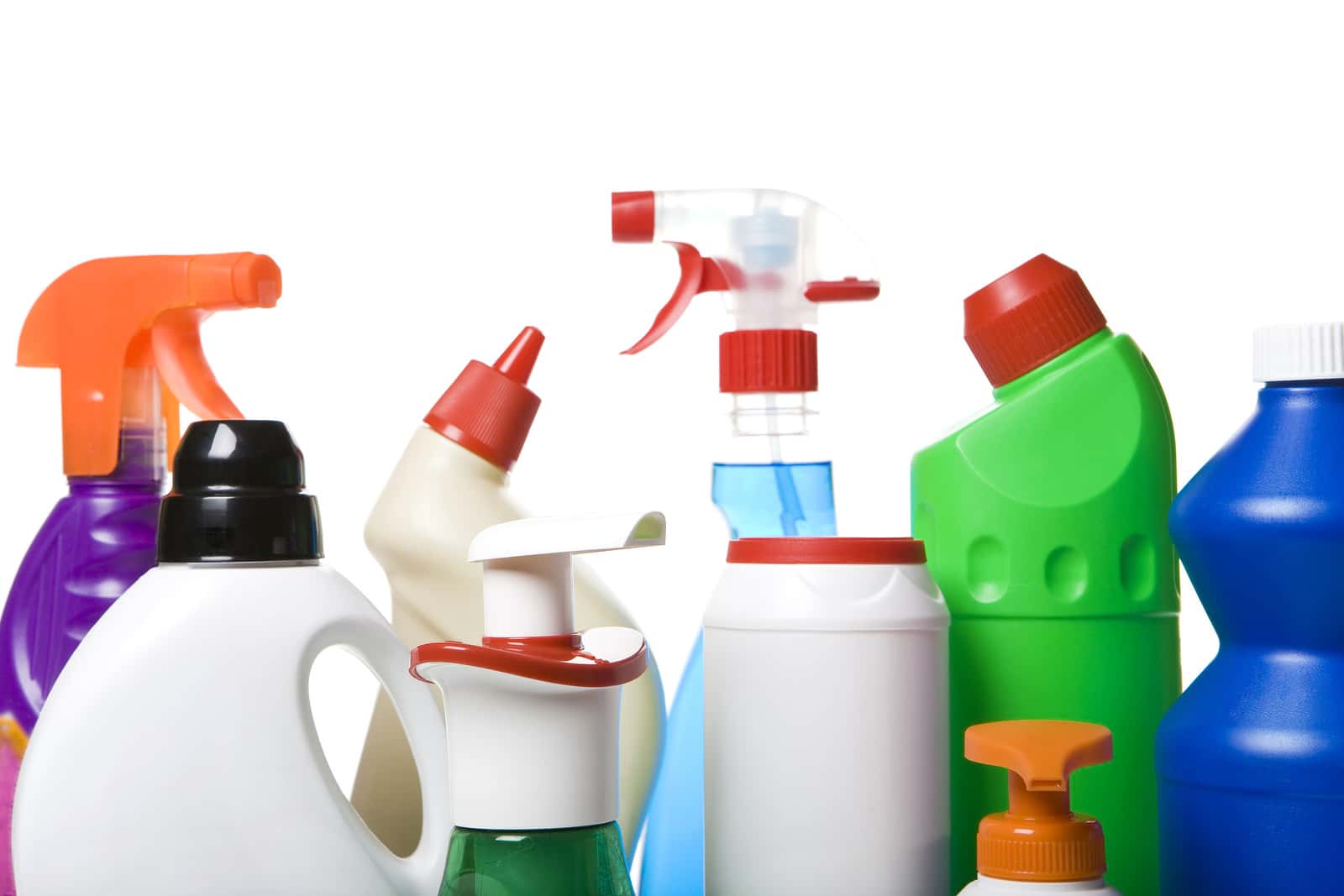
Household products, personal care products like body wash and shampoo, even dietary supplements, contain compounds that can mimic our hormones and cause trouble. What can you do about your exposure to endocrine disruptors like these?
Where Do the Endocrine Disruptors Come From?
To learn more about these insidious compounds, a team of researchers in Nevada asked 140 adults to collect their urine for 24 hours (Environmental Research and Public Health, Jan. 13, 2025). Then they analyzed the samples for endocrine-disrupting compounds. In addition, the volunteers listed the products they used with ingredients of concern.
People who used more products with ingredients of concern had higher levels of a specific phthalate (MECPP) in their urine. Those who took more supplements had higher levels of methylparaben (often used as a preservative). Women were especially likely to report exposure to endocrine disruptors in household products and personal care products, perhaps because they use more of these in general than men do. The investigators note that one popular laundry detergent has 65 ingredients, of which 52 are ingredients of concern. Not enough is known about the remaining 13 ingredients to categorize all of them.
The people who reported their health as fair or poor had higher levels of such compounds in their urine than those who said their health is good. The scientists noted that there are other everyday exposures to endocrine disruptors as well, in items such as house dust, water, food and workplace contamination.
They concluded,
“More education among the general public is needed to make people aware of the presence of these chemicals in their everyday products so they can make efforts to avoid them.”
Previous Research on Exposure to Endocrine Disruptors:
Investigators have been paying attention to this problem for a long time. They’ve wondered if there might be anything people can do to cut their exposure to endocrine disruptors such as BPA and phthalates. There are, in fact, a number of strategies.
Back in 2011, researchers recruited a small number of volunteers based on their high use of canned and packaged foods (Environmental Health Perspectives, July, 2011). Nearly two dozen subjects collected their urine before, during and after the intervention, which was eating only fresh foods for three days. During the time that their diets included almost no packaged foods, the amount of BPA and phthalates in their urine dropped off sharply. The authors conclude that sticking with fresh food limits exposure to phthalates and BPA.
This description from the report gives some idea of approaches that may be helpful:
“The study involved five 4-person families, including adults and children, who were chosen in part because they reported frequently eating canned foods. Urine samples were collected over 8 days. On days 3–5 family members consumed only food prepared by a caterer who avoided using plastic (including plastic utensils and storage containers) in preparing and packaging the meals and snacks made from fresh ingredients. Families were given stainless steel water bottles and lunch boxes and advised to use only the containers provided. Coffee drinkers were instructed to use a French press or ceramic drip in place of a plastic coffee maker.”
Learn More:
We have interviewed a number of scientists for our radio show and podcast. You may wish to listen to Show 1102: How Do Endocrine Disruptors Affect Your Health? or Show 1398: Protecting Children from the Perils of Plastic.
Citations
- Foley JM et al, "Associations between daily-use products and urinary biomarkers of endocrine-disrupting chemicals in adults of reproductive age." Environmental Research and Public Health, Jan. 13, 2025. https://doi.org/10.3390/ijerph22010099
- Betts KS, "Plastics and food sources: dietary intervention to reduce BPA and DEHP." Environmental Health Perspectives, July, 2011. DOI: 10.1289/ehp.119-a306b

